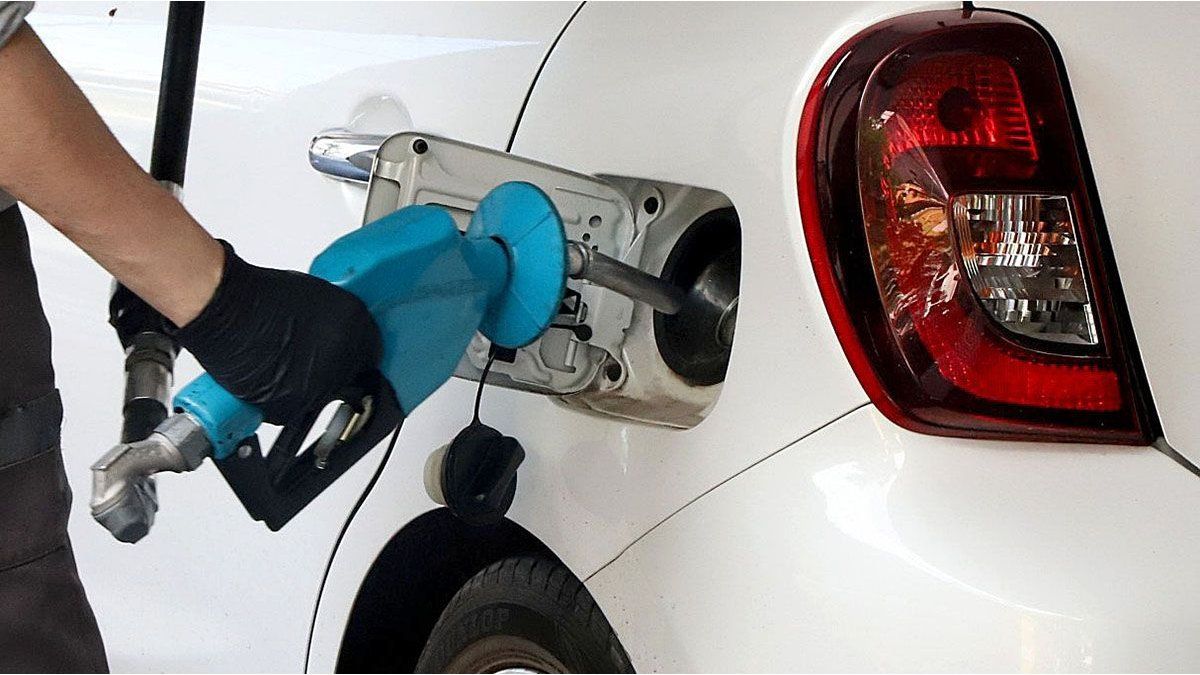The main oil companies applied a new increase in fuel prices, From this Tuesday, April 1, including gasoline and diesel. The average national increase was 1.75%, adding a total of 5.85% so far this year. This goes online of the partial update of the Liquid fuel tax and carbon dioxide which increased by 4%, which caused a rise in the suppliers.
According to Decree 243/2025 published in the Official Gazette, the quarterly update of these taxes is given through the Consumer Price Index (CPI).
As a result, the new prices in the City of Buenos Aires were established as follows:
In this way, pending tax increases will enter into force from the May 1, 2025 For the taxable facts that are perfected from that date onwards.
The evolution of the fuel price
From the assumption of Javier Milei, The price of fuels experienced liberalization after the delay inherited from the previous management. In the city of Buenos Aires, the value of NAFTA went from $ 311 in November 2023 to $ 1,194 in April 2025, which represents a nominal increase of 283.9 %%, exceeding the inflation of the period, According to suppliers data.
The greatest adjustment occurred in the first months of the new administration, and then align with the evolution of the exchange rate and the tax update. Howeversince May 2024, the Government has been postponing the update of the fuel tax based on the variation of the consumer price index (CPI) In order to contain inflation, although this implied an estimated fiscal loss at more than US $ 200 million per month, according to the economy and energy consultant. To apply the update, The price of the gasoline would rise $ 207 per liter and the $ 115 diesel.
Fall in fuel sales
In February 2025, The total sale of fuels in Argentina reached 1,309,505 cubic metersreflecting a 4% year -on -year drop and 7.9% compared to January, adding fifteen consecutive months of contraction, according to a Polykon Chaco report based on official data from the Ministry of Energy.
The Naftas represented 58% of the total marketed and diesel 42%. In the gasoline segment, the super version fell 4.8%, while the premium increased by 11.3%, although with less volume. As for the diesel, the fall was 7.7%, with a decrease of 14.7%in the common, while the premium grew 5.8%.
At the provincial level, Only six jurisdictions showed increases in sales, with Formosa (+3.1%) and Chubut (+2.4%) at the head. In contrast, 18 provinces registered casualties, highlighting Río Negro (-13%), the City of Buenos Aires (-12.8%) and Tucumán (-15.1%).
In 22 of the 24 provinces, LNafta was the most consumed fuel, except in La Pampa and Mendoza, where diesel led sales.
Source: Ambito




